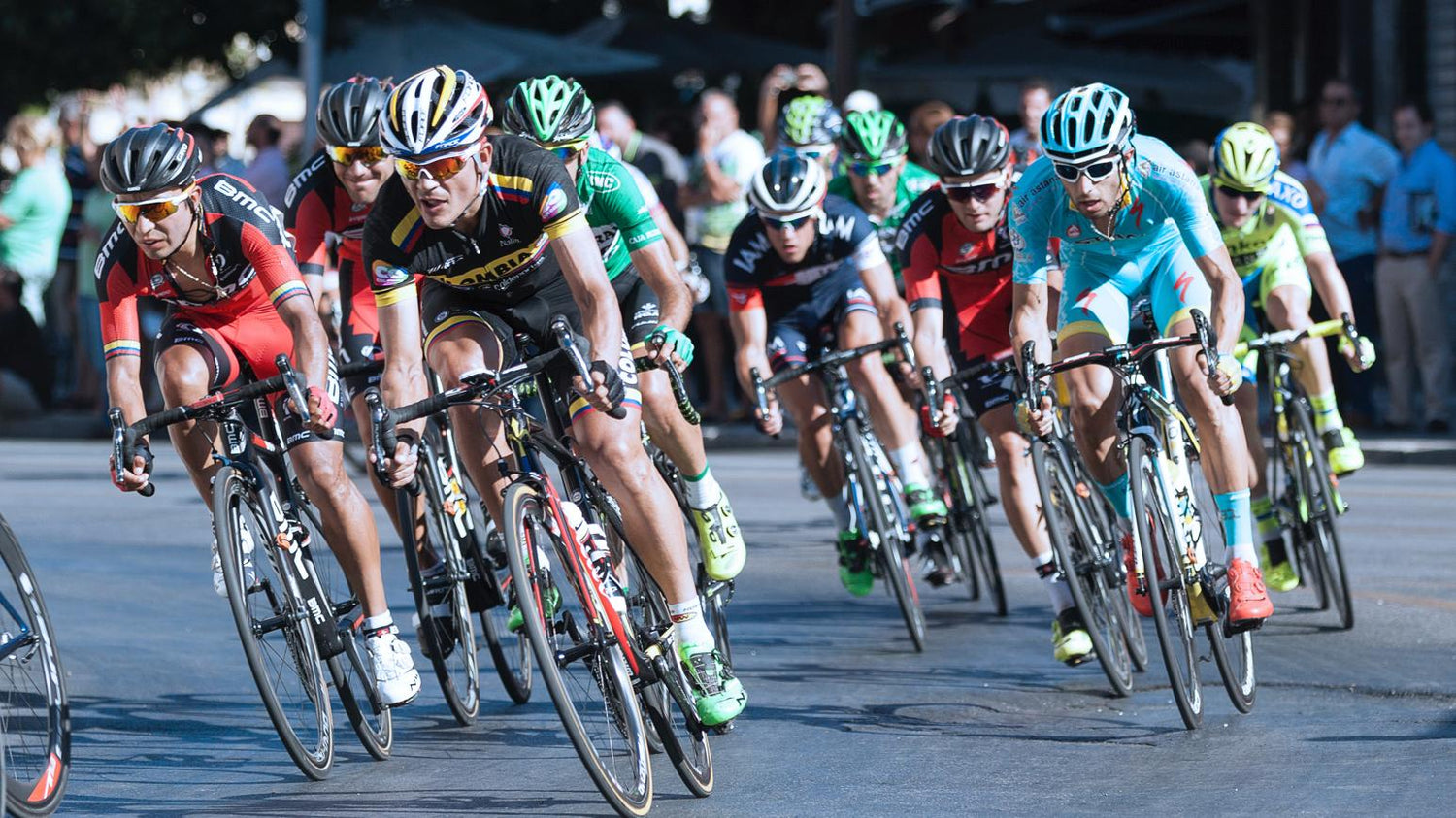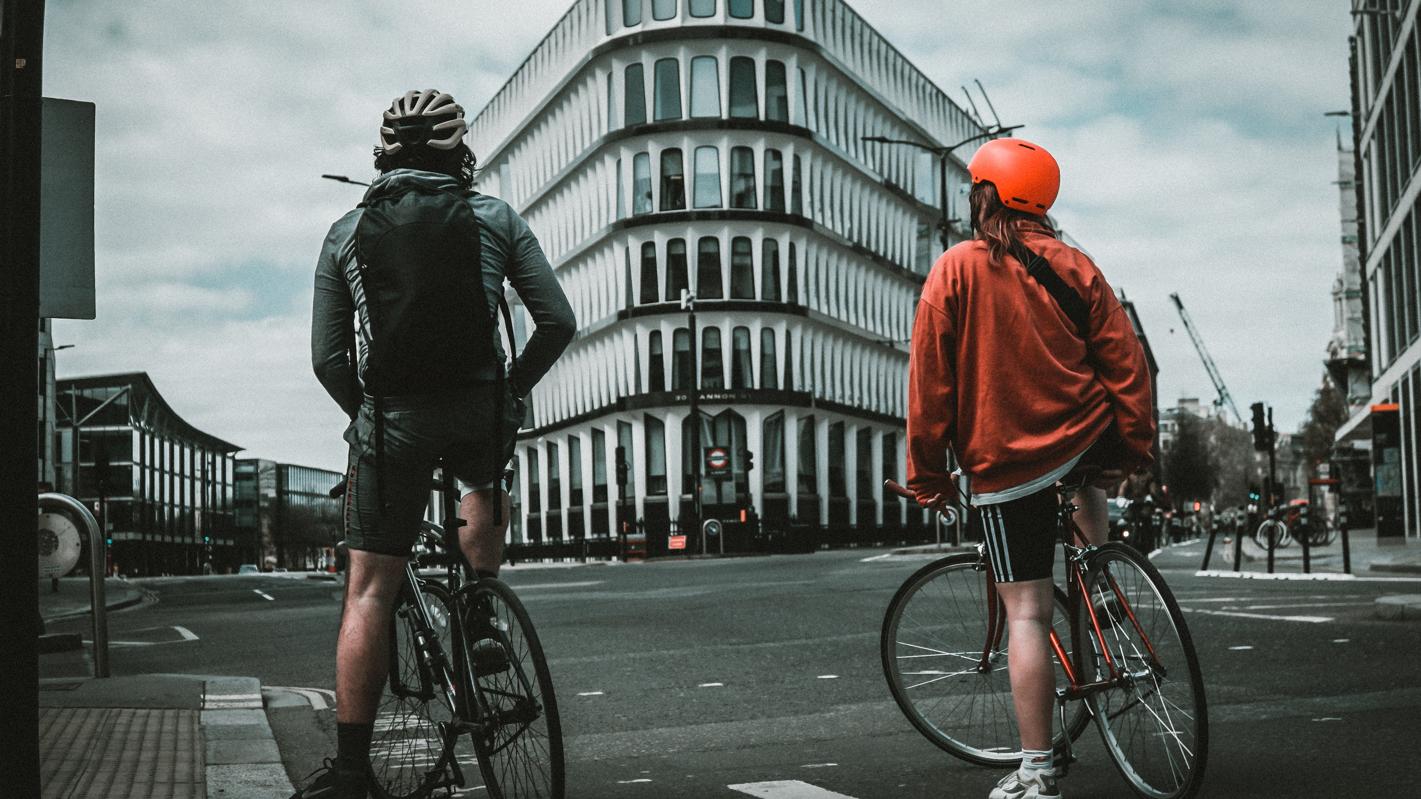Navigation
- Anatomy: Men's and Women's Heads
- Aesthetics and Style: How Design Choices Reflect Gender Preferences
- Functions: Women Bike Helmets Features
- Inclusive Design: Considerations for Non-Binary and Gender-Fluid Cyclists
- Conclusion
Biking is a great way to get your daily dose of exercise, and it can be enjoyed by both men and women. Nevertheless, due to the different head shapes of ladies and men, they must wear bike helmets to safeguard their heads in case of a mishap.
In this article, we will explore the differences between men's and women's bike helmets, and explain why they are so important. If you get a head injury while cycling, we will likewise supply tips on how to pick the ideal one for you and what to do.
Anatomy: Men's and Women's Heads
There are a number of anatomical distinctions between men and women that can impact helmet fit.
For one, females generally have smaller-sized heads than males, which can impact the fit of a helmet.
Furthermore, women's skulls are typically rounder in shape while men's are more triangular, so helmets that are developed for one gender may not fit correctly on the other.
Ladies tend to have thicker hair than men, which can develop extra friction on the outside of a helmet when it is used in windy conditions.
For example, women typically have a wider head circumference than men (as well as a taller spine), which can lead to a wider helmet fit. Additionally, women tend to have more petite heads than men, meaning that their helmets will likely fit better if they have an adjustable chin strap.
Overall, though, it is necessary to keep in mind that helmets must be sized according to the wearer's head size - not the gender of the user. When looking for a helmet, make sure to try it on and guarantee that it fits comfortably, however comfortably, around your head. Numerous helmets have been available in numerous sizes to accommodate all head shapes and sizes.
Aesthetics and Style: How Design Choices Reflect Gender Preferences
Style and design choices made by manufacturers of bike helmets can reflect gender preferences. Men normally choose smaller, more aerodynamic helmets, while women generally choose bigger, less-bougie ones.
The trend of making thinner, more aerodynamic helmets for men is an example of de esthetics and style reflecting gender preferences. There are a few reasons for this:
- The shape of a typical bike helmet is nearly perfectly round, making it much less aerodynamic than other kinds of headgear.
- Lots of bike helmets are made from plastics which are not as strong as metal or leather, so they might not endure effect.
- Because bike helmets are used so near the head, they can easily end up being harmed and even lost if they're not appropriately secured.
On the other hand, ladies' choice for bigger and less-bougie helmets is an example of de aesthetics and style showing social norms. Ladies tend to use more protective gear in general than males, consisting of bike helmets since they believe it is very important to safeguard themselves from head injuries. Additionally, numerous ladies find that larger helmets use more security versus wind noise and sun glare than smaller-sized ones do.
Functions: Women Bike Helmets Features
1. Fit hairstyles, such as longer hair or ponytails
Females often have longer hair than men, which can cause tension in the hair while riding a bike. This is because the helmet can rub against the hair, triggering discomfort or even scalp lacerations. In order to represent this, lots of women's helmets include designs that distribute the weight of the hair away from the scalp.
Some cycling helmets also have clips or straps that can be adapted to fit various hairstyles. Others include unique pads that are developed to adjust to various hairstyles.
2. More padding and straps
Women's helmets might also have padding and straps that are specifically designed to better fit the contours of a female's head and face. This additional attention to information can assist in avoiding injuries in case of a bike mishap.
Additionally, many females select to wear helmets for other factors, such as safety and comfort. While men generally do not require to wear helmets, women ought to constantly speak with their medical professional before making a decision.

Inclusive Design: Considerations for Non-Binary and Gender-Fluid Cyclists
The inclusive design begins with understanding the distinction between men's and women's bike helmets. Regarding picking a bike helmet, gender-fluid and non-binary bicyclists may have distinct considerations based on their gender identity and expression.
Non-binary bicyclists, for example, may determine as neither female nor male. Since they may experience different safety issues than cisgender (naturally taking place) women or males, inclusive style should still be considered when designing bike helmets for these individuals.
When designing bicycle helmets for non-binary cyclists, it is very important to consider their hairdo and length, in addition to their face sizes and shape. Some examples of factors to consider consist of the following:
- Physical Fitness: Eliminating tight-fitting straps that could cause discomfort or pressure on delicate areas around the neck or ears. Also, making sure there is enough room to adjust the size of the chin strap for those with larger chins.
- Visibility and safety: No matter gender identity, it is necessary to prioritize visibility and security when picking a helmet. Search for helmets with reflective elements, brilliant colors, or other features that will make you more visible to drivers and other cyclists on the road.
- Hairstyle: Providing space for long hair to be pulled back securely without being caught in the helmet.
- Style and design: Some gender-fluid and non-binary individuals may choose a helmet that is more neutral or gender-neutral in its style. Consider picking a helmet in a strong color or a more minimalist design, rather than one with stereotypically manly or womanly colors or graphics.
Overall, choosing a bike helmet is a personal decision, and there is no one "right" option for non-binary and gender-fluid individuals. Consider your own needs and preferences, and prioritize safety and comfort above all else.
Conclusion
Non-binary and gender-fluid bicyclists may have special factors to consider when choosing bike helmets. This short article checks out the differences between men's and ladies' bike helmets, the value of using one, and supplies suggestions on how to select the ideal helmet. It likewise highlights a few of the special functions to consider for non-binary and gender-fluid people.
Read More
- Snow Helmet Buying Guide: What to Consider Before You Buy
- Bike Helmets: Difference Among Men, Women, Non-Binary, Gender-Fluid
- Bike Helmets for Adults: How to Choose the Best Protection
- Electric Scooters for Kids: How to Find the Best One in 2023?
- Choose the Perfect Commuter Bike Helmet: A Comprehensive Guide



